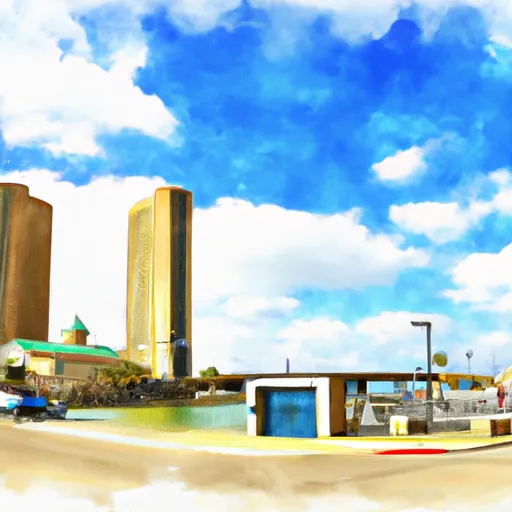°F
°F
mph
Windspeed
%
Humidity











Corpus Christi is a coastal city located in South Texas that boasts a subtropical climate with mild winters and hot summers. The city is situated on the Gulf of Mexico and surrounded by water, making it a hub for water-based activities such as boating, fishing, and windsurfing. The city's hydrology constituents include the Nueces River and the Corpus Christi Bay. Visitors can enjoy outdoor recreation opportunities at the Mustang Island State Park, which offers hiking trails, campsites, and beaches. Additionally, the city has several parks and nature preserves, including the Oso Bay Wetlands Preserve and Learning Center, where visitors can observe wildlife and take guided nature walks. Overall, Corpus Christi offers a unique combination of coastal beauty and outdoor recreation opportunities.
Weather Forecast
Corpus-Christi receives approximately 786mm of rain per year, with humidity levels near 89% and air temperatures averaging around 23°C. Corpus-Christi has a plant hardyness factor of 9, meaning plants and agriculture in this region tend to thrive here all year round.
Regional Streamflow Levels
80
Cubic Feet Per Second
131
Cubic Feet Per Second
6
Cubic Feet Per Second
22
Cubic Feet Per Second
Nearby Camping
| Camping Area | Reservations | Toilets | Showers |
|---|---|---|---|
| Goliad State Park | |||
| Green Dickson Park | |||
| Malaquite - Padre Island National Seashore | |||
| Padre Balli County Park | |||
| Cuero City Park | |||
| Bird Island - Padre Island National Seashore |



